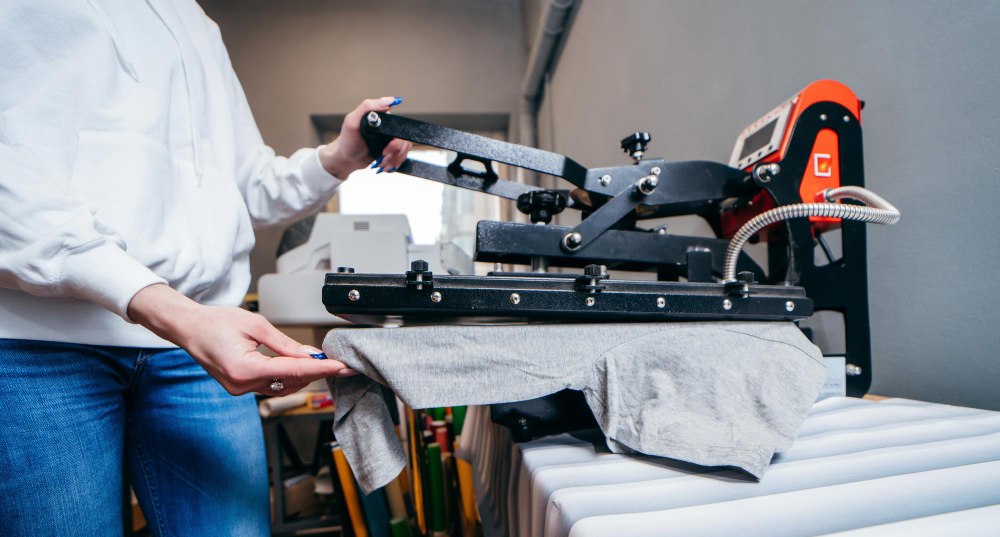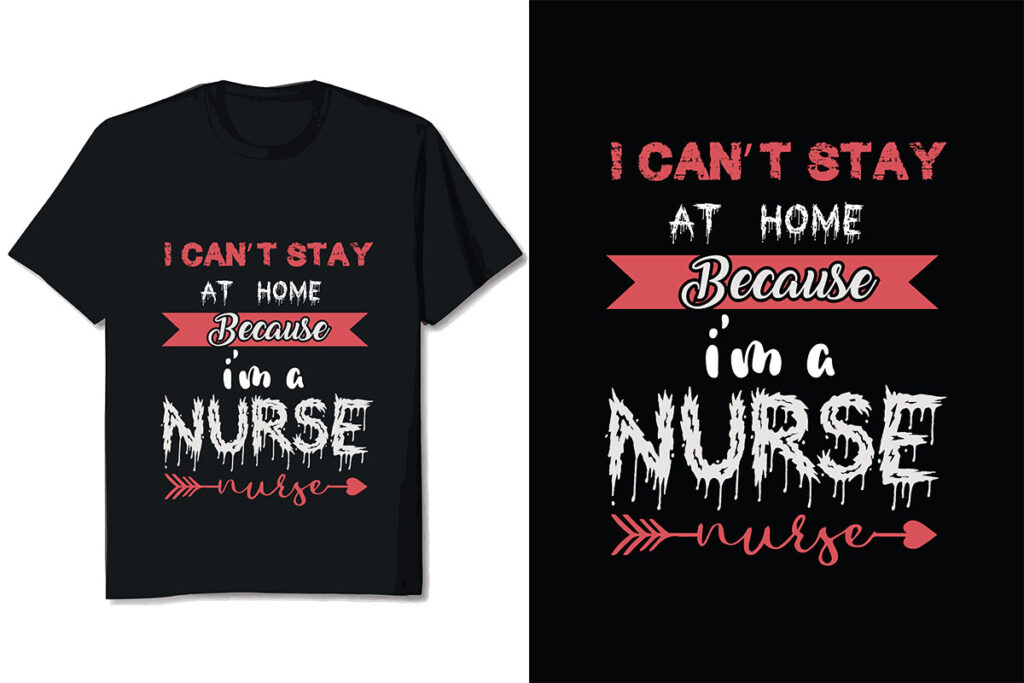In recent years, DTF printing has emerged as a revolutionary technique, drastically reshaping how we approach textile and garment personalization. This innovative process allows for vibrant, high-quality designs to be applied seamlessly on various surfaces, making it a favorite among graphic artists and business owners alike. The surge in demand for bespoke prints has propelled the importance of quality DTF supplies, ensuring that each creation not only looks stunning but also stands the test of time. With a strong focus on eco-friendly printing practices and advancements in ink technology, DTF offers an environmentally-conscious alternative to traditional methods. As businesses strive for sustainable printing solutions, the adaptability and efficiency of DTF printing make it an essential tool for modern creators.
Also known as Direct-to-Film printing, this method is revolutionizing the way unique designs are transferred onto fabrics and other materials. DTF technology combines the precision of modern ink application with the convenience of heat transfer techniques, resulting in prints that are not only visually striking but also durable. As businesses seek effective sustainable printing options, this approach offers an eco-friendly solution that aligns well with contemporary environmental standards. Furthermore, advancements in DTF supplies are continuously enhancing the quality of results achievable through this innovative printing method. By utilizing cutting-edge technology, DTF printing meets the growing demand for personalized and responsibly produced textile designs.
Understanding the Benefits of DTF Printing
DTF printing has rapidly become a preferred choice for many businesses, particularly due to its versatility in printing on various substrates. Unlike traditional methods that may be limited to specific types of fabrics, DTF opens up a range of possibilities. This technology uses a unique transfer film, allowing vibrant color applications on different materials including cotton, polyester, and blends. The result is not only high-quality prints but also enhanced durability that can withstand multiple washes, making it ideal for custom apparel.
Moreover, DTF printing is particularly beneficial for short-run production, where flexibility and speed are key. As orders for customized designs rise, the ability to produce high-quality output without the need for extensive setup makes DTF a game-changer. Businesses can easily meet diverse customer needs, from personalized gifts to team apparel, without incurring the high costs typically associated with traditional printing methods.
Exploring Innovative DTF Supplies
The landscape of DTF printing is ever-evolving, with innovative supplies that significantly enhance the quality of prints. Recent advancements in DTF ink formulations focus on eco-friendly options that cater to today’s sustainability-conscious consumers. Water-based and biodegradable inks not only provide brilliant color outputs but also reduce the ecological footprint of printing activities. These innovations are critical for businesses looking to align themselves with green practices, giving them a competitive edge in the market.
In addition to ink advancements, the development of upgraded transfer films is transforming DTF printing. New film technologies feature improved release coatings, increasing the efficiency of the transfer process. With greater compatibility across various printer models, these films make DTF more accessible to new users and enhance the overall productivity of established businesses. As more manufacturers invest in R&D within this space, the quality and efficacy of DTF supplies continue to rise.
Innovations in Eco-Friendly Ink Technology
In today’s printing environment, the shift toward eco-friendly practices is a significant trend, and DTF ink technology is at the forefront of this movement. Many suppliers are now offering inks that are not only high-performance but also biodegradable, reducing their impact on the environment. This advancement meets the growing consumer demand for sustainable products and positions businesses as eco-conscious choices among increasingly discerning customers.
Moreover, the emerging ink technologies allow for remarkable color vibrancy and adhesion on various textiles, ensuring that the finished product remains bright and durable. These inks, combined with the DTF printing process, create a compelling solution that tackles both quality and sustainability issues, thereby enhancing the appeal of the products produced.
Heat Transfer Techniques in DTF Printing
Heat transfer is a crucial aspect of the DTF printing process, and innovations in this area have led to significant enhancements in productivity and output quality. New heat transfer machinery specifically designed for DTF applications offers user-friendly interfaces and precise temperature controls, allowing for more consistent results. This efficiency is essential for businesses aiming to maximize their workflows, ensuring that even high-volume tasks can be completed without a hitch.
Furthermore, advanced heat presses equipped with features such as automatic pressure adjustments enable users to achieve optimal transfer results with ease. This technology not only minimizes the risk of errors during the printing process but also reduces the time spent on manual adjustments, allowing businesses to focus on creativity and production rather than troubleshooting equipment.
The Role of Software Enhancements in DTF Printing
Incorporating advanced software solutions into the DTF printing process has revolutionized how designs are created and managed. Modern design tools offer robust features such as color management systems that ensure accurate color reproduction, keeping the final prints true to the original designs. This capability is vital in a competitive market where businesses must consistently meet high standards of quality.
Additionally, these software enhancements facilitate a smoother workflow from design to production, enabling users to streamline their processes and reduce turnaround times. By simplifying the design adjustments and ensuring high-quality outputs, businesses can cater to customer needs more effectively and maintain a distinct competitive advantage.
Sustainable Practices in the DTF Supply Chain
As sustainability becomes a pressing issue in all industries, the DTF printing sector has begun to adopt practices that prioritize eco-friendliness throughout the supply chain. This includes the production of recyclable materials and ensuring that waste is minimized at every stage of the printing process. Suppliers are now more conscious of their environmental impact, leading to improved practices that align with global sustainability goals.
Moreover, by adopting sustainable practices, printing businesses not only fulfill ethical responsibilities but also enhance their brand image. Consumers are increasingly drawn to companies that demonstrate a commitment to environmental stewardship, making sustainability a powerful marketing tool in the competitive printing landscape. As the trend toward eco-friendly printing continues, businesses that embrace these practices will likely be favored by conscious consumers.
Frequently Asked Questions
What are the main benefits of DTF printing over traditional methods?
DTF printing offers several advantages over traditional printing methods like DTG and screen printing. Its key benefits include vibrant colors, exceptional durability, and the ability to print on a wide variety of fabric types, including cotton and polyester. The technology utilizes advanced heat transfer methods and innovative DTF supplies, making it a versatile option for businesses looking to create high-quality custom designs.
How do eco-friendly inks impact DTF printing?
Eco-friendly inks are becoming essential in the DTF printing process. These inks are water-based and biodegradable, ensuring that prints are not only vibrant and long-lasting but also environmentally friendly. By integrating eco-friendly inks, businesses can enhance print quality while reducing their environmental footprint, aligning with the growing demand for sustainable printing solutions in the industry.
What innovations in heat transfer technology are available for DTF printing?
Recent innovations in heat transfer technology specific to DTF printing include advanced heat presses that feature precise temperature control and user-friendly interfaces. These improvements ensure effective and consistent transfer of designs onto fabrics, enhancing productivity and quality in DTF printing operations. Such advancements in heat transfer machinery are crucial for maximizing the potential of innovative DTF supplies.
How have DTF supplies evolved to support sustainability?
DTF supplies have significantly evolved to support sustainability through the development of recyclable materials and waste reduction strategies in the production process. Suppliers are increasingly focusing on eco-friendly practices, allowing businesses to adopt sustainable printing methods without compromising on quality. This evolution addresses consumer demands for environmentally responsible products while still delivering high-quality DTF printing results.
What role does software play in optimizing DTF printing designs?
Software enhancements play a vital role in optimizing DTF printing designs by enabling users to edit and manage colors efficiently. Advanced design software incorporates management systems that ensure colors are vibrant and accurate, resulting in higher quality prints. By utilizing tailored software solutions, businesses can streamline their DTF printing workflow and maintain a competitive edge in the market.
What should I consider when choosing DTF supplies for my printing business?
When choosing DTF supplies, consider factors such as the quality of inks, type of transfer film, and compatibility with your equipment. Opt for eco-friendly options that prioritize sustainability and look for the latest innovations in heat transfer technology. Additionally, ensure that your supplies facilitate efficient workflows and enhance print quality, allowing you to deliver exceptional results to your customers.
| Key Point | Description |
|---|---|
| DTF Printing Overview | Direct-to-Film (DTF) printing uses a transfer film to apply graphics onto various substrates, providing vibrant colors and enhanced durability. |
| New Ink Formulations | Eco-friendly, water-based inks designed for DTF processes enhance print quality and adhere better to different fabrics. |
| Upgraded Film Technologies | Advanced films with improved release coatings increase print quality and transfer success, making DTF accessible to more users. |
| Heat Transfer Innovations | New heat presses are optimized for DTF, allowing precise controls and quicker transfers, thereby boosting productivity. |
| Software Enhancements | Modern software solutions enable efficient design editing and color management that improve the vibrancy of DTF prints. |
| Sustainable Practices | Suppliers are focusing on recyclable materials and waste reduction, aligning DTF practices with sustainability goals. |
Summary
DTF printing is revolutionizing the printing industry with its innovative approaches and advanced supplies. This remarkable process allows for high-quality and eco-conscious printing solutions, meeting the growing demand from both consumers and businesses. By utilizing new ink formulations, upgraded film technologies, and heat transfer innovations, DTF printing ensures vibrant colors, durability, and efficiency. Furthermore, adopting software enhancements can significantly streamline the design process. The industry is also making strides in sustainability, making DTF supplies an ethical choice for environmentally conscious entrepreneurs. Embracing these advancements not only elevates printing businesses but also positions them as competitive players in a rapidly evolving market.



